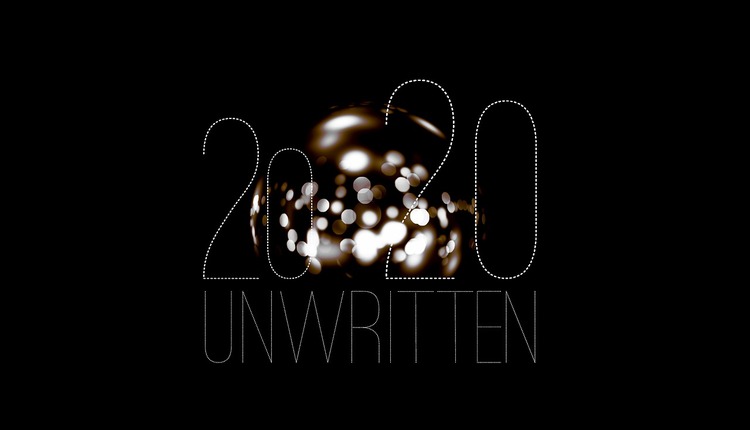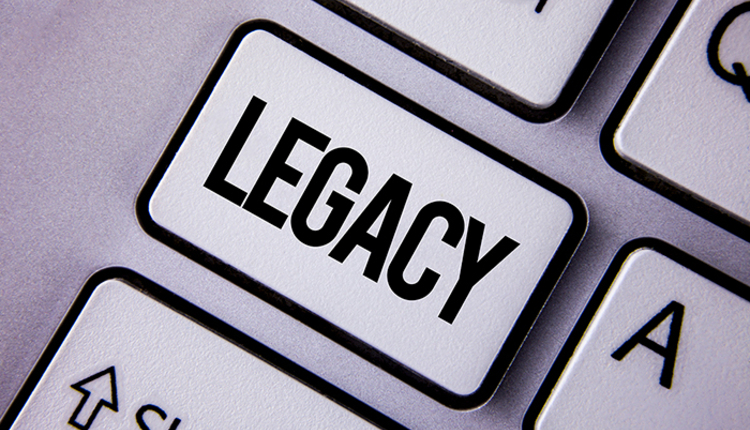Espresso, Red Bull, cappuccino, green tea, black tea, chocolate, coffee, mountain dew, colas, Excedrin and other pain relievers, diet pills, many cold remedies… what do they have in common? They all contain the most widely used drug in the world: caffeine. Caffeine is a big, booming business with 80-90% of adults reporting regular use. Consumers currently spend over $30 million a year on supplements containing caffeine and an additional $50 billion each year on caffeinated soda in the United Statesalone.
These are only two forms of caffeine and do not include chocolate, profitable coffee or latte, and the current growth rate of Starbucks is about three new stores a day. Caffeine is widely accepted and readily available in the forms of sodas, chocolates, cocoa beans, kola nuts and other edible goods. It is a naturally occurring substance found in leaves and seeds of fruits of more than 60 plants, and it is often used as a flavor in a variety of beverages.
Caffeine Health Facts
Several published reports inform us that coffee and chocolate, despite their caffeine content, are healthy indulgences because they are rich in antioxidants. Studies tend to share that they curb inflammation and decrease heart disease. A 15-year study from the University of Oslo in Norway showed that post-menopausal women who drank at least a cup of coffee a day were less likely to get heart disease. Can these findings be true? Let's consider some facts about caffeine:
· Caffeine can act as a powerful vasoconstrictor in the brain. What usually occurs is the constriction of blood vessels, which can decrease circulation and oxygen supply in the body.
· As a stimulant, caffeine can increase heart rate and raise blood pressure.
· Coffee is acid-forming in the body rather than alkalizing, and decaf coffee is even more acidic than regular. Individuals who suffer from extensive acidity should be cautious due to further contribution from this ominous element. The body can be forced to rob calcium from the bones in an effort to neutralize the debilitating acid and create a delicate balance. Blood calcium levels should be maintained at nine to 11 milligrams per deciliter in the blood.
· On the other hand, some credible studies have linked caffeine to calcium loss, which might contribute to osteoporosis or increased bone fractures. For example, when coffee beans are roasted, they form a substance known as benzopyrene. A published study from the Harvard School of Public Health concluded that benzopyrene could have carcinogenic effects, while the National Cancer Institute found no link. What can be concluded is that some diseases are promoted in an acidic environment, and the general goal of health is to create an alkaline body.
· While most of us use caffeine for a quick pick-me-up, it can induce a state of stress. The adrenal glands produce a stress hormone that can linger in the bloodstream after consumption. Cortisol is released from the adrenal gland in a typical fight-or-flight response, while muscle energy is used for normal metabolic function.
· Certain studies found that high quantities of caffeine could promote blood sugar imbalances in a small percentage of people with hypoglycemia or diabetes, while the American Cancer Society did not match these findings. The studies showed a chemical called alloxan had a higher incidence of diabetes because it affects insulin production, and high caffeine consumption had shown to stimulate the production of alloxan.
· On average, a cup of brewed coffee contains about 100 milligrams of caffeine, while instant has about 65 and decaffeinated about three. What is considered high is very individualized; however, the Olympic Committee once banned athletic events for athletes who tested with a high content in their blood.
· As with any drug, withdrawal symptoms can occur. One of the most common is headaches caused by the sudden increased circulation to the brain when blood flow is less constricted. Other indicators might be fatigue, sleepiness, irritability, lethargy, discontent, depression, poor concentration and, in some, even flu-like nausea and vomiting accompanied by muscle pain and stiffness.
Consider the Facts
It is really important to consider all of the facts before reading a study and then rushing to jump on or off the caffeine bandwagon. It is easy to pull just one piece of information from a study and skew it to prove almost anything. For example, some studies promote the powerful antioxidants found in dark chocolate and coffee. Are there antioxidants in coffee and chocolate? Of course, but they also exist in heroin and cocaine. Does that make you any more prone to consume those substances? You can acquire even greater benefits by consuming "real foods" chock full of nutrients and beneficial antioxidants and phytochemicals.
The group of antioxidants touted in caffeine is polyphenols, plant compounds that act as antioxidants and protect against heart disease and cancer. Coffee contains polyphenols, but so do many other plant foods. Grape skin practically overflows with polyphenols, and the deeper their color, the richer the source of polyphenols. Green, leafy vegetables such as bok choy or mustard greens are whole foods high in polyphenols, fiber, quality vitamins and minerals and, in some cases, essential fatty acids.
Consider all the perceived benefits of energy and the positive antioxidant effect from caffeine to determine your path. Then, for example, contemplate the fact that perhaps wheatgrass juice contains a much wider array of antioxidants and also provides the body with a surge of cumulative energy. Rather than constricting blood vessels and oxygen as caffeine is apt to, wheatgrass juice oxygenates all the cells and provides life-giving enzymes. Rather than stimulating the body to produce stress hormones, it actually supplies health-inducing hormones.
Carefully consider the wordings when reading studies to form your opinion or lifestyle choices. As Americans, we do get antioxidants from caffeine; however, most Americans also consume a nutrient-poor diet, limited fresh vegetables and fruits, high saturated fats and low nutrient-dense foods. Take a look the current obesity rate, and it's easy to see why we get more antioxidants from caffeine and coffee than perhaps other foods. Tea, bananas, beans and corn contain high levels, so chow down! Lots of other tasty stuff is loaded of antioxidants, so pick and choose your weapons wisely. Observe for yourself the way some facts might or might not be controlled in studies pertaining to caffeine and its effects on sensitivity, cancer, cardiovascular disease and addiction, to name a few.
Living a healthy life in the 21st century requires us to be intensely discriminating. Your health depends upon your resolve to take personal responsibility and make the best choices. If you employ good common sense, you do not have to search for scientific approval before consuming any food or substance. Starbucks, anyone?
Scott Josephson, MS, is the Director of Operations at Hippocrates Health Institute, a premier life-changing property inWest Palm Beach, Florida. Scott is a national-level conference speaker throughout the United States and Canada, a recipient of numerous awards and is frequently published covering a wide range of industry topics. In addition to several certifications, he holds a degree from the University of Miami and is on the advisory board of the American Fitness Professionals and Associates. His work portfolio includes Geraldo Rivera, Wimbledon Champion Chris Evert and athletes from the New YorkGiants and New York Mets. For more information, contact Scott at sjosephson@hippocratesinst.org.















